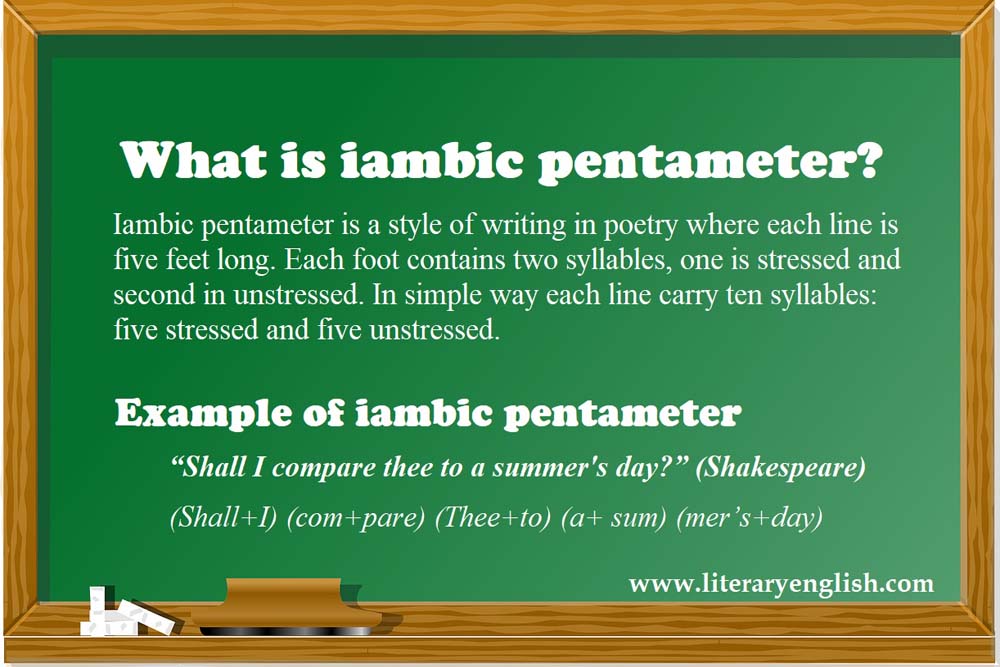
Pleasure might cause her read, reading might make her know, That she, dear she, might take some pleasure of my pain,. "Loving in truth, and fain in verse my love to show, "Astrophil and Stella 1," the first of 108 sonnets and songs in Philip Sidney's set, creates the opening scene for this love story. Even though Shakespeare did not invent this sonnet style, he was among the most prolific, writing 154 in his lifetime. Other notable authors include Michael Drayton, Fulke Greville, and, of course, William Shakespeare. This way you will see how easy it actually is.Published in 1591, the sonnet set "Astrophil and Stella" by Sir Philip Sidney established the form of the English sonnet. The rhyming aspect of how to write a sonnet can seem complicated, which is why we have provided some famous examples thanks to Messrs Shakespeare and Keats. So, if you are writing a sonnet, you will have to follow this scheme, depending on the type of sonnet you choose to write.

In general, first 8 lines talk about a problem, and the 6 lines in the end seek resolution. On the contrary, an Italian sonnet contains one Octave, followed by a sestet (an 8 line verse followed by a 6 line verse). A powerful end statement is made with the help of this couplet. The volta or the resolution does not arrive until the last rhymed couplet. Shakespearean sonnets always end with a rhyming couplet. English sonnets have 3 quatrains (four line verses) and have a couplet at the end. Sometimes, the stanzas may also refer to a complete poem that is composed of the respective number of lines.Ī sonnet is 14 lines long in total. A quatrain is a stanza containing 4 lines, sestet contains 6 lines, octave contains 8 lines and a rhyming couplet contains 2 consecutive rhyming lines. A sonnet may contain different types of stanzas, including quatrain, sestet, octave or rhyming couplet.

Stanzas indicate groups of lines in a poetic composition. Pentameter indicates that there should be 10 syllables in total, with 5 metrical feet in each line.

The pattern of stressed and unstressed syllables can be stretched out over separate words, or you may repeat it with a single word with stresses still working. Iambs of a sonnet do not necessarily need to be made with two-syllable words. Pentameter means repeating this iamb 5 times. When you speak a sonnet aloud, it should sound like a rise and fall scheme. First syllable is unstressed, followed by a second syllable which is emphasized or stressed. Iamb contains two syllables with a metrical foot.

The rhythm scheme in which poets write sonnets is termed as iambic pentameter. This is probably because this pattern is closely similar to the rhythm people use in their everyday speech. Shakespeare used iambic pentameter in each of his sonnets and also in all lines of his plays. Iambus is a two syllable foot (another word for meter) and each line in a sonnet has five iambi or feet.


 0 kommentar(er)
0 kommentar(er)
